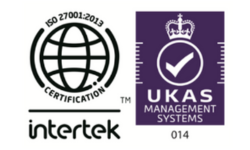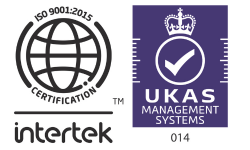Paternity and maternity leave is common to almost every business. As an employer, there are a number of need-to-knows such as maternity leave duration, payment, and returning to work. This article covers all the important information, plus a few common questions around maternity and paternity leave.
Common questions around maternity leave
How much maternity leave can an employee take?
Employees are entitled to one year of maternity leave, split into two types. The first 26 weeks is called Ordinary Maternity Leave (OML), and the second 26 weeks is known as Additional Maternity Leave (AML).
Maternity leave can be taken anytime from the twenty-ninth week of pregnancy, right up until the final week of pregnancy. If an employee gives birth before the scheduled start of their maternity leave, the leave will begin the following day.
Does an employee have to take maternity leave?
Yes, an employee must take the first two weeks off following the birth of their baby. In the instance of a factory worker, this period is four weeks. As an employer it is illegal to allow an employee to work during this time. Note that this is the only mandatory leave required, though the employee can take any period of maternity leave up to one year.
The procedure to an employee starting maternity leave
The employee should make the employer aware of their pregnancy a minimum of fifteen weeks before the baby is due. The employee should also notify the employer of their intended start date for maternity leave.
Within twenty-eight days of an employee giving notice of the above, the employer must confirm the start and end dates of the maternity leave in writing. It is standard practice to assume the employee will be taking the full year.
Can the company tell the employee when to take maternity leave?
No. An employee’s maternity leave may only start earlier than planned in two scenarios:
- if they are off sick as a direct result of the pregnancy within four weeks of the baby’s due date.
- if they give birth before their maternity leave has started.
Antenatal appointments
An employee should be allowed all necessary time off for any medical or antenatal appointments. These should be treated like any other appointment and, unless dictated by duration, should only require time away from work for the appointment itself (as opposed to the whole day).
Maternity discrimination
There are laws in place to protect against discrimination because of pregnancy, including direct discrimination, indirect discrimination, harassment and victimisation. These laws also cover detriment, defined as unfair treatment because of the pregnancy or maternity leave. Any discrimination or detriment claims must be brought forward by an employee within three months of the stated event.
Redundancy during maternity leave
Unfortunately redundancies do happen, and they’re rarely, if ever, intended. As a result, an employee can be made redundant during maternity leave provided the employer follows fair procedure. It is therefore very important it is made clear that neither the pregnancy itself nor the maternity leave had any effect whatsoever on the decision.
Maternity pay
Maternity pay is determined on
- whether the employee is entitled to statutory maternity pay (SMP).
- any extra pay as listed in the employee contract (contractual maternity pay).
Contractual maternity pay normally includes any SMP, and SMP itself only comes into effect if the employee has worked for the company for twenty-six weeks by the time they are twenty-five weeks pregnant (that is to say, the employee will not be entitled to SMP if they were pregnant prior to joining the company).
Common questions around paternity leave
Who can take paternity leave?
Paternity leave can be taken by the father of the baby, as well as the husband, wife or partner of the mother. Pregnancy via surrogacy also qualifies for paternity leave.
How much paternity leave can an employee take?
Employees are entitled to up to two weeks of paternity leave. Paternity leave cannot be split into multiple sessions (that is to say, it must be taken all at once) and it cannot come into effect before the baby is born. An employee has an eight week period from the birth of the baby in which to take paternity leave.
The procedure to an employee starting paternity leave
An employee must make their employer aware of the pregnancy and intention to take paternity leave a minimum of fifteen weeks before the baby is due. Additionally, the employee must notify the employer if they intend to take one week or two weeks of leave, as well as whether leave will be taken from the date of birth or a number of weeks after.
Paternity pay
Paternity pay is determined on
- whether the employee is entitled to statutory paternity pay (SPP).
- any extra pay as listed in the employee contract (contractual paternity pay). Contractual maternity pay normally includes any SPP.
Everything you need to know and more, with PayEscape
Consider [HR?] with PayEscape, a leading payroll HR software provider since 2006.
Join thousands of other businesses across the UK, and request a demo from PayEscape today.












